Медвежьи танцы в Румынии, которые должны отогнать злых духов. ФОТО
24.11.2015 в 14:30
Для человека постороннего зрелище танцующих в маленьком румынском городке медведей с большими алыми кисточками может показаться дико странным. Однако для жителей этого местечка приход медведей — время радоваться.
Обычно это случается между Рождеством и Новым годом. В этот раз мистическую церемонию с участием людей в медвежьих шкурах запечатлел нью-йоркский фотограф Диана Зейнеб Альхиндави.
Женщины и мужчины в костюмах медведей шествуют по улицам городка Мойнешти. Их сопровождают барабанщики. Танцоры хорошо проводят время и расслабляются — курят сигареты, пьют алкоголь и даже целуются. Танец медведей по идее должен отогнать злых духов.
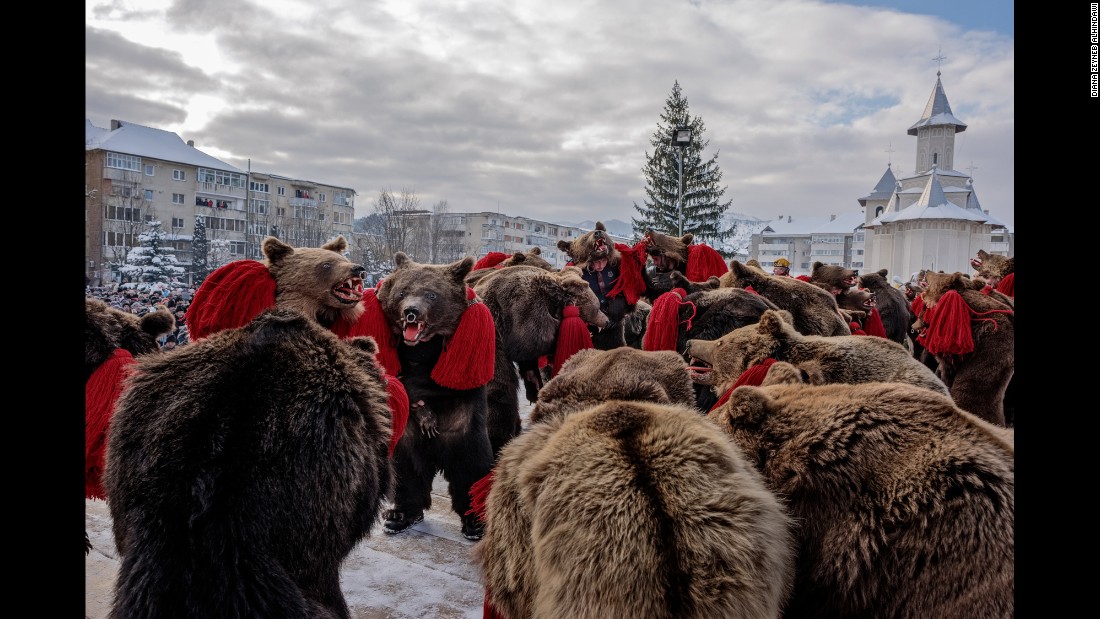

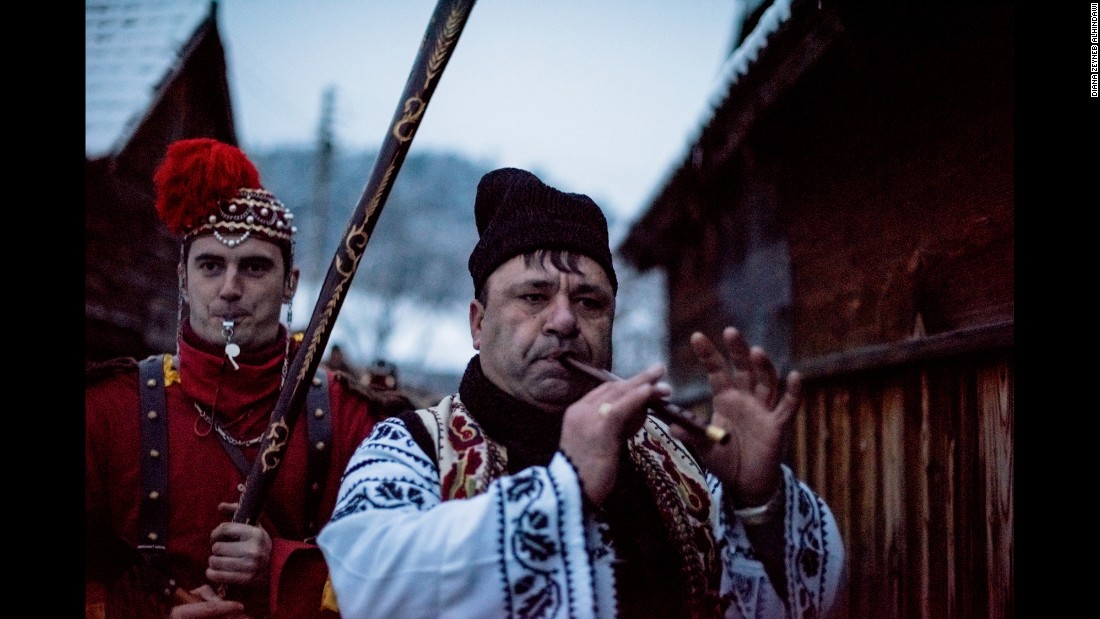
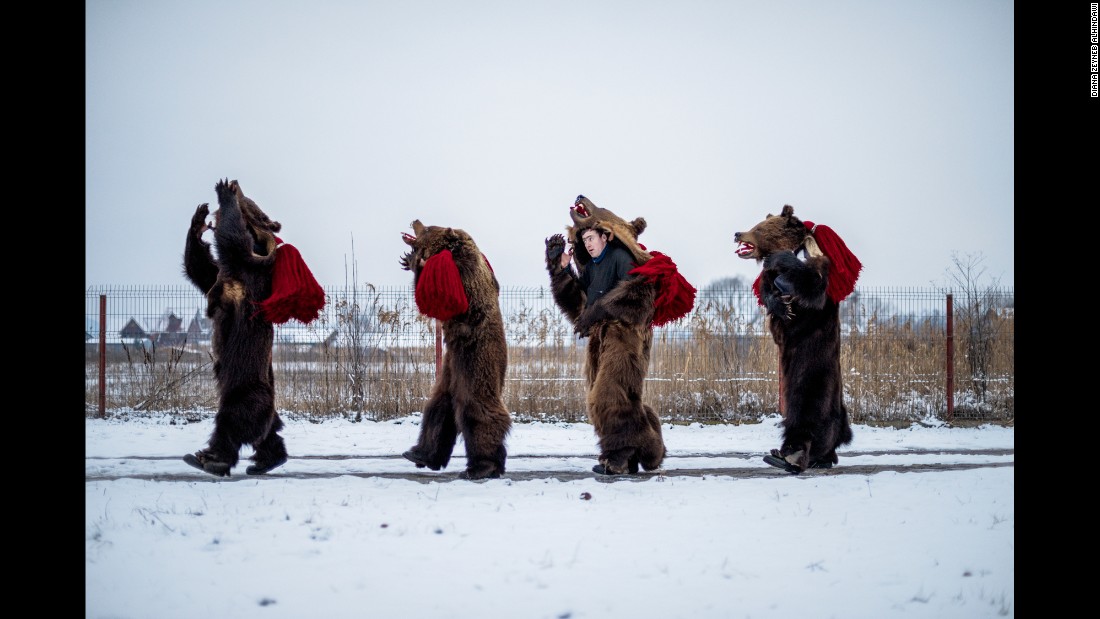
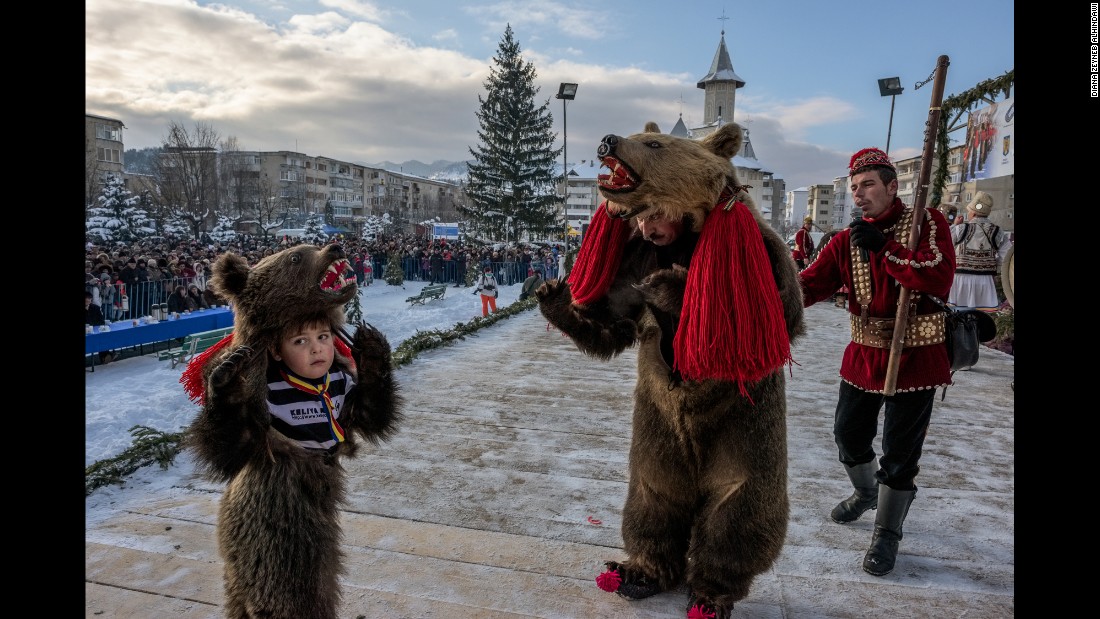
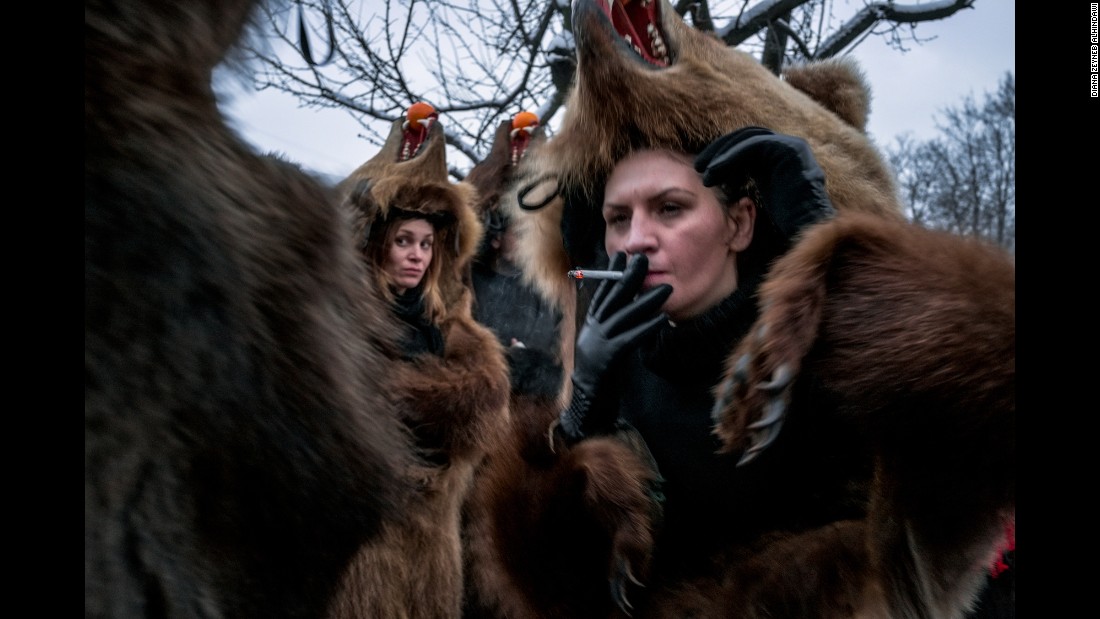
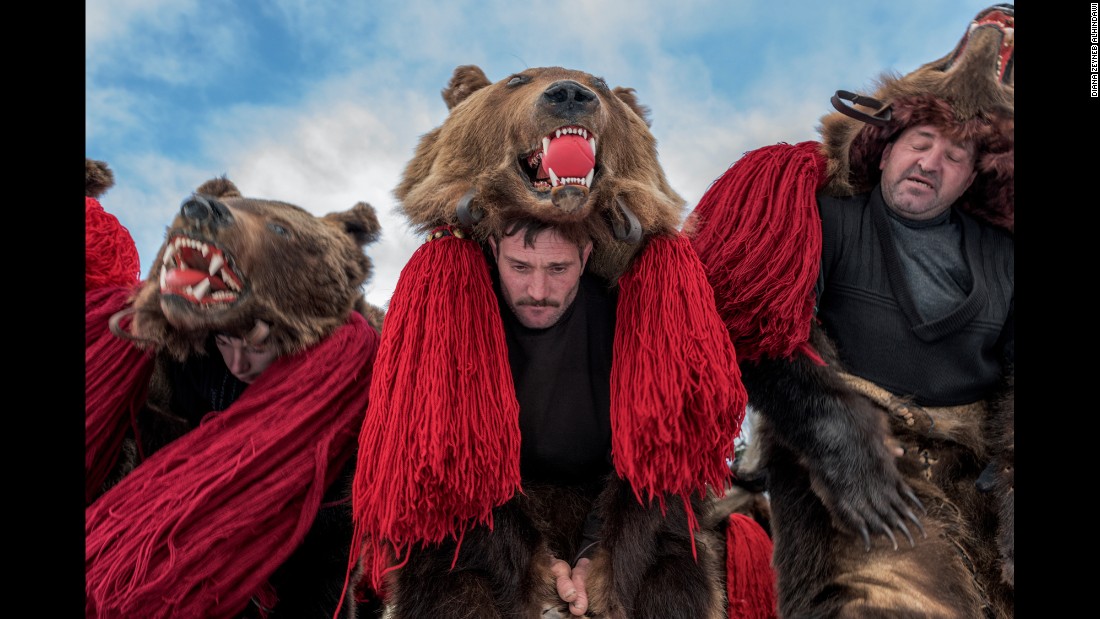

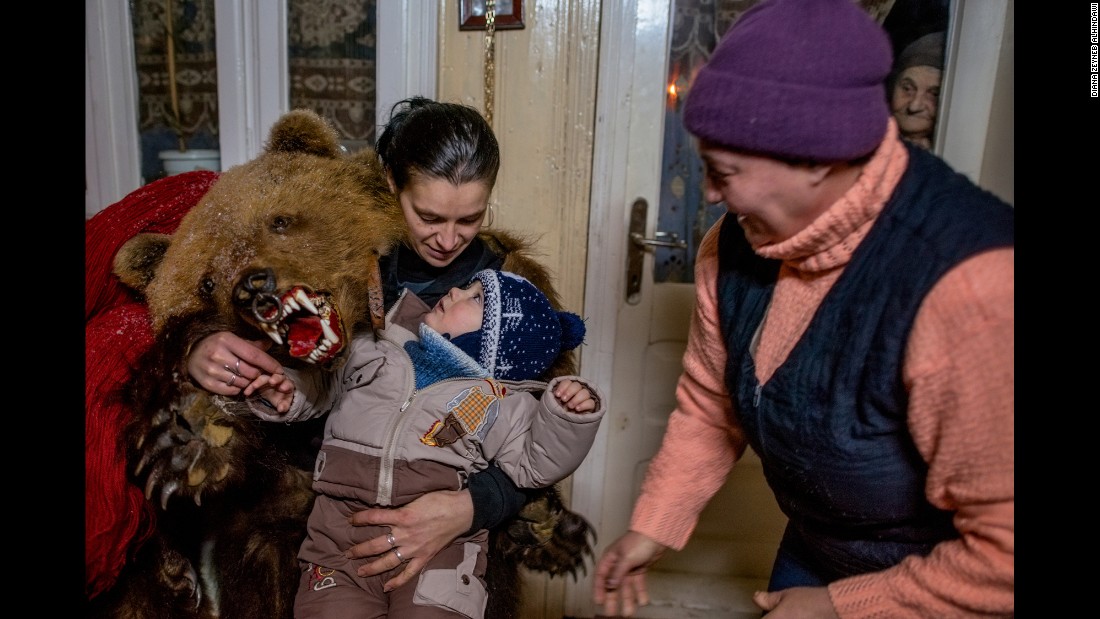

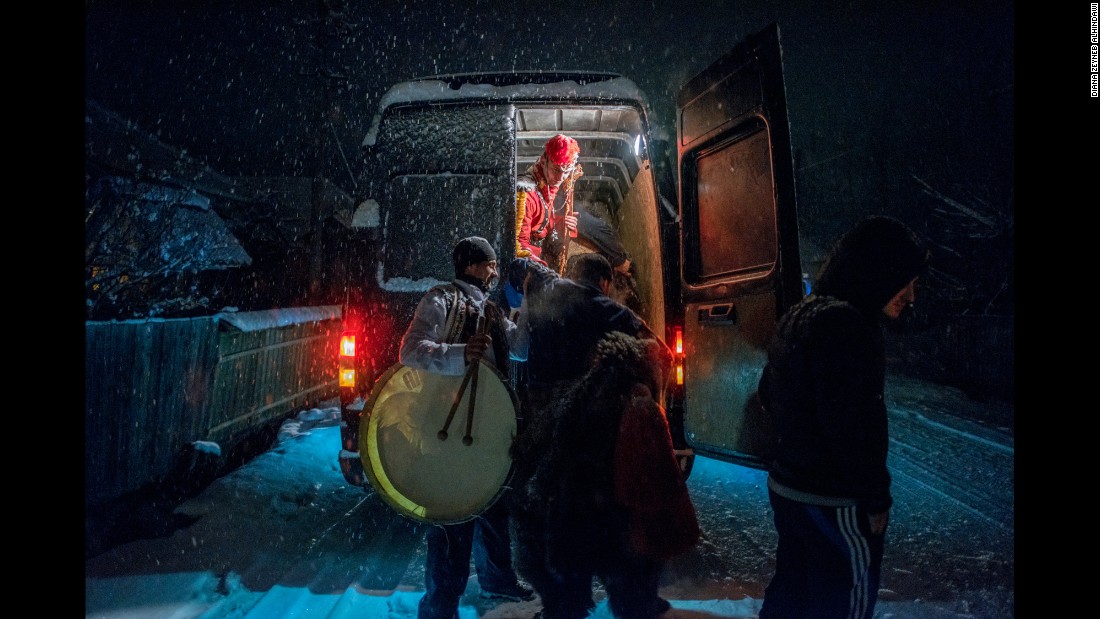
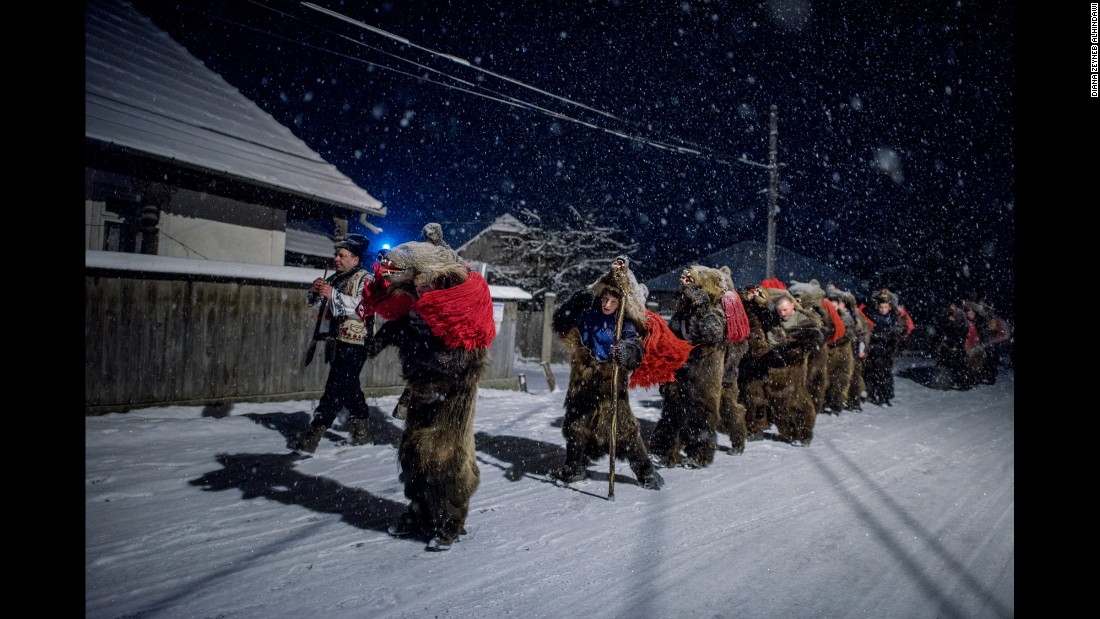
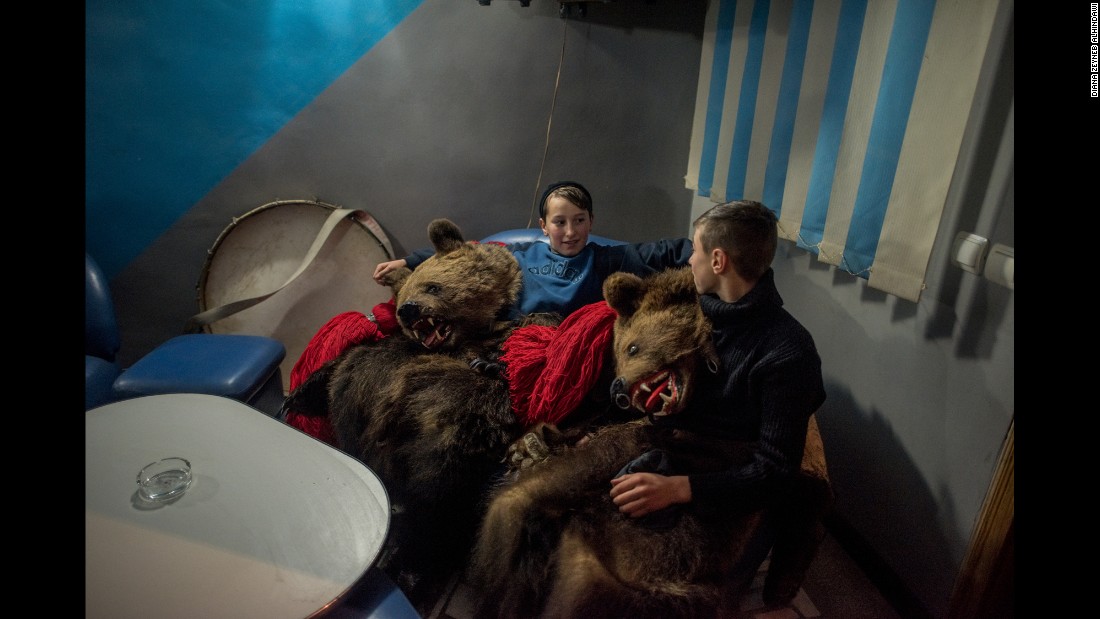
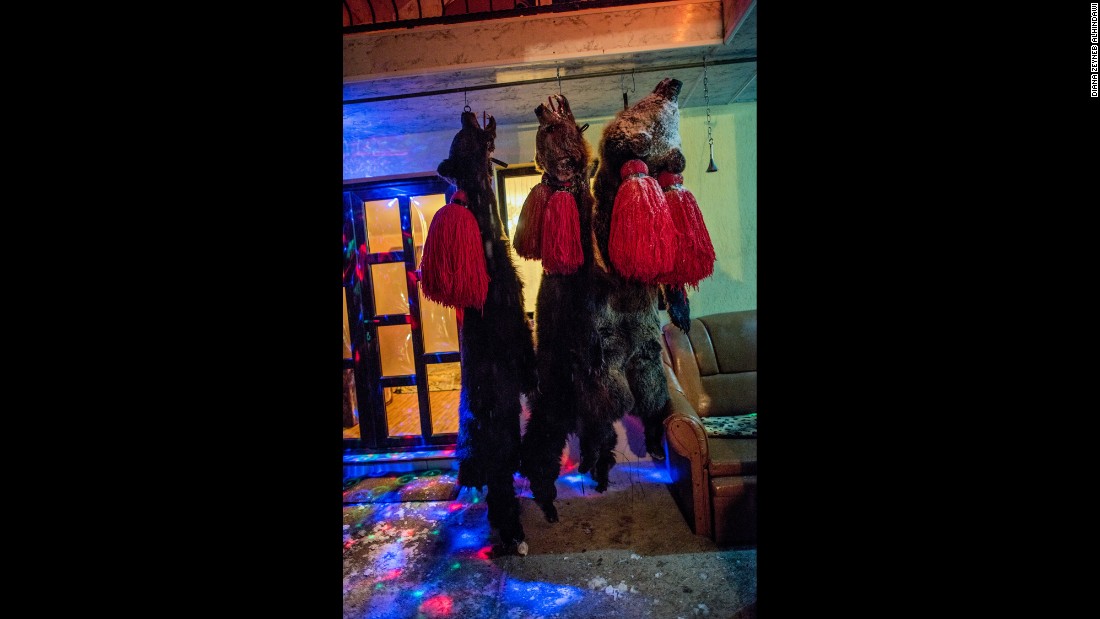
 BMW влетел в троллейбус и снес дерево в Николаеве: образовалась пробка (видео)
BMW влетел в троллейбус и снес дерево в Николаеве: образовалась пробка (видео) «Нам не нужно, чтобы что-то мутить, дополнительный договор», - мэр Николаева Сенкевич
«Нам не нужно, чтобы что-то мутить, дополнительный договор», - мэр Николаева Сенкевич Украина атаковала танкер РФ в Черном море (видео)
Украина атаковала танкер РФ в Черном море (видео) Из Николаева отправился первый ночной прямой автобус в аэропорты Варшавы (видео)
Из Николаева отправился первый ночной прямой автобус в аэропорты Варшавы (видео) Трамп заявил, что Крым с четырех сторон окружен океаном
Трамп заявил, что Крым с четырех сторон окружен океаном «Мазда» перелетела яму и перевернулась на крышу в Николаеве: водитель был пьян (фото, видео)
«Мазда» перелетела яму и перевернулась на крышу в Николаеве: водитель был пьян (фото, видео) ВАЗ влетел в жилой дом в Николаеве: женщина получила серьезные травмы (фото, видео)
ВАЗ влетел в жилой дом в Николаеве: женщина получила серьезные травмы (фото, видео) Мужчину с помповым ружьем в руках задержали возле кинотеатра с детьми в Николаеве (видео)
Мужчину с помповым ружьем в руках задержали возле кинотеатра с детьми в Николаеве (видео) С музыкой в душе и сердце: Николаевский клуб композиторов отметил 9-летие (фото, видео)
С музыкой в душе и сердце: Николаевский клуб композиторов отметил 9-летие (фото, видео)













